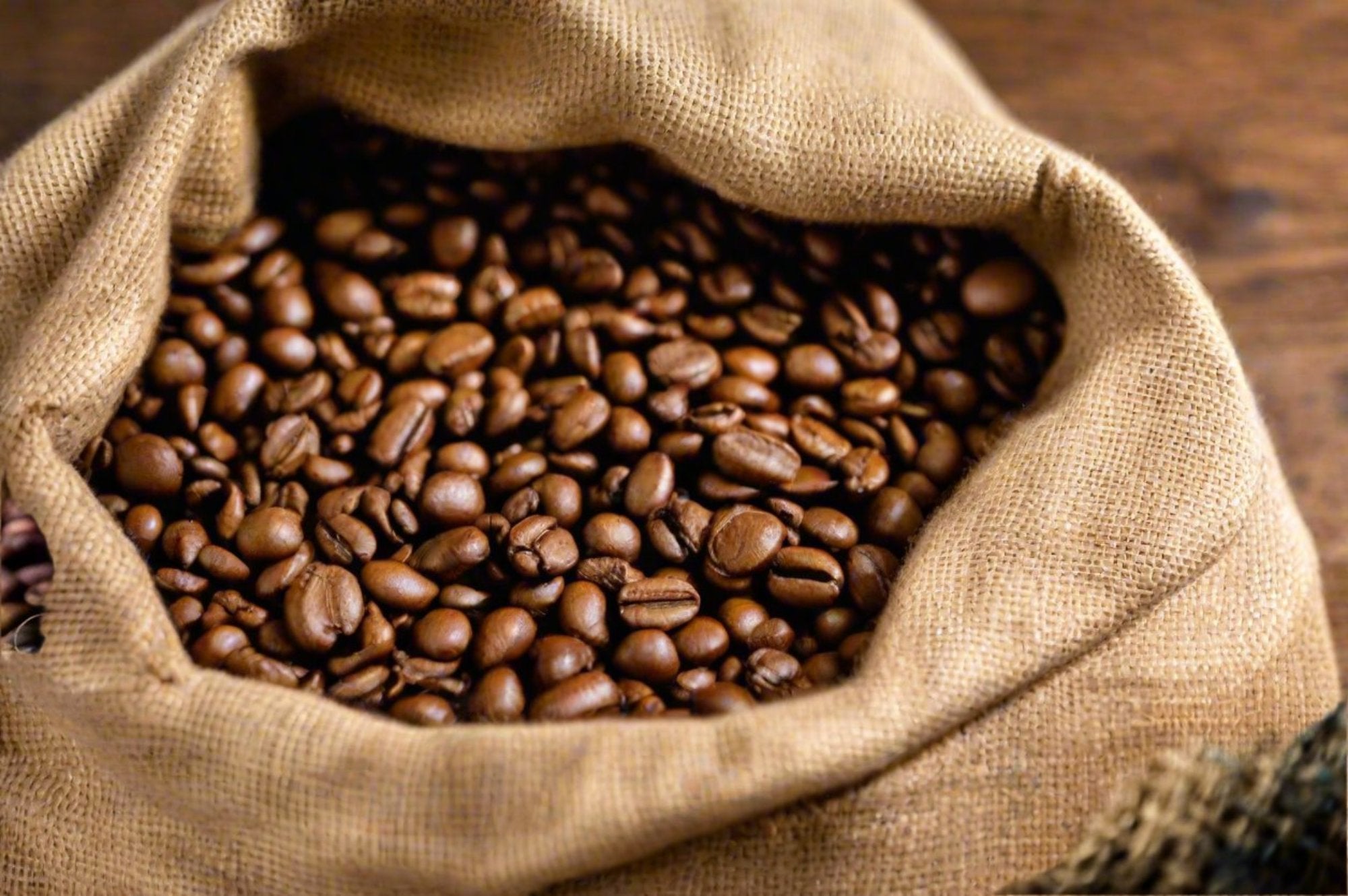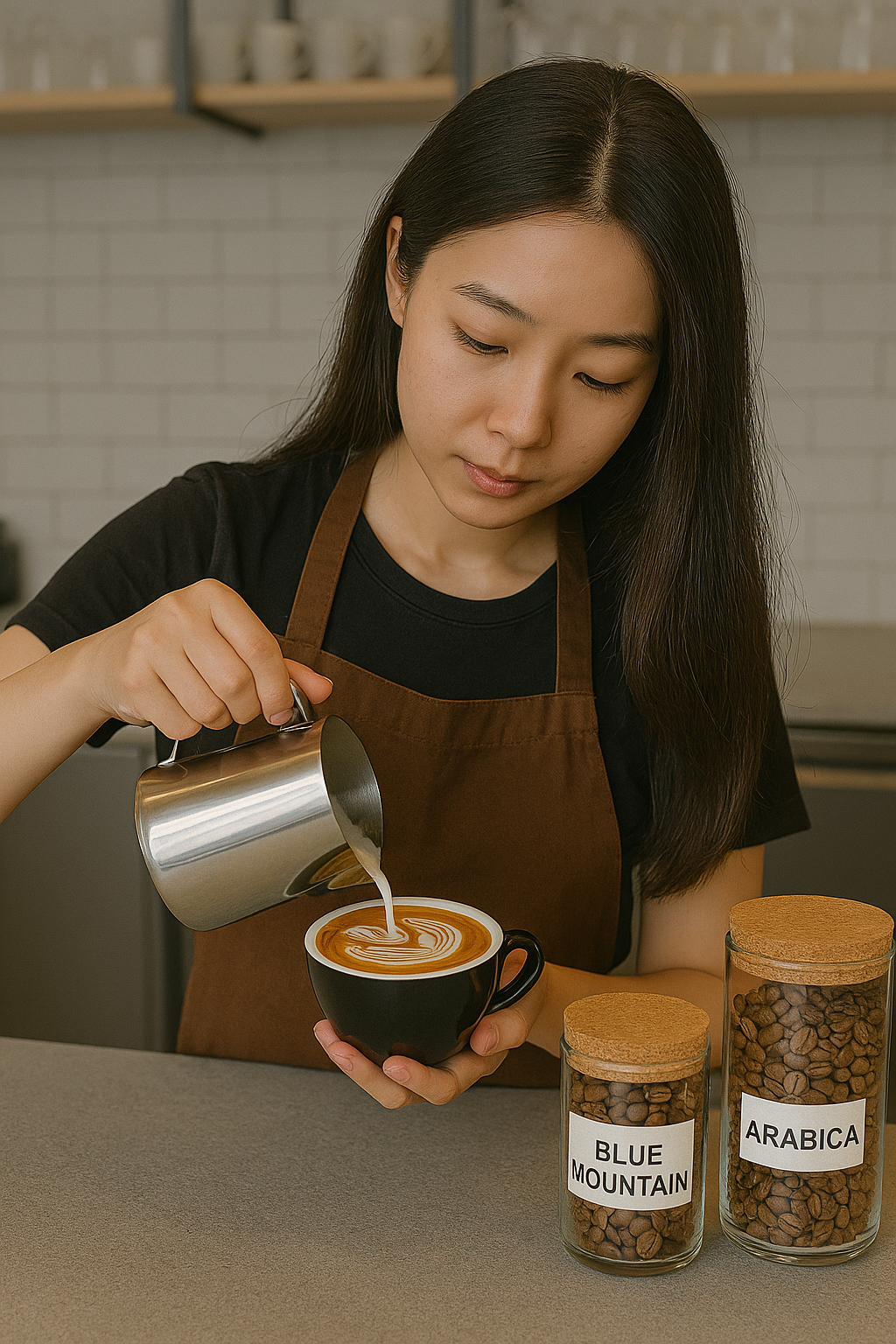Top Cafés Serving SOE Single Origin Espresso Near You
Top Cafés Serving SOE Single Origin Espresso Near You
Blog Article
Understanding Coffee Beans: the Journey From Espresso to Blended Coffee Beans

The Beginnings of Coffee: A Worldwide Perspective
While you might think about coffee as a modern-day staple, its origins trace back centuries, intertwining with societies around the world. The tale starts in Ethiopia, where legend states a goat herder named Kaldi uncovered the stimulating impacts of coffee beans after seeing his goats frolicking energetically after consuming them. This sparked rate of interest, resulting in coffee's infect Arab investors who cherished the brewed drink. By the 15th century, it reached Persia, Egypt, and Turkey, where coffeehouses ended up being social centers for conversation and culture.
As trade routes expanded, coffee made its way to Europe in the 17th century, quickly obtaining appeal. Each culture added its unique twist to coffee prep work, enriching its history.
Cultivation and Harvesting of Espresso Beans
As coffee's journey progressed, the emphasis changed to the cultivation and harvesting of specific bean varieties, especially those used for espresso. You'll find that espresso beans typically come from Arabica or Robusta plants, each offering distinctive flavors. The ideal expanding conditions consist of high altitudes and rich, well-drained soil, which boost the beans' top quality.
Throughout the harvest, selecting methods vary. Timing is vital; you desire to harvest when the cherries get to peak ripeness for maximum flavor.
Once gathered, the beans are gotten ready for handling, which is crucial in determining their final taste. Comprehending the growing and harvesting procedures gives you understanding right into what enters into your preferred coffee, improving your appreciation for each and every mug.
Processing Techniques: From Cherry to Bean
Now that you've discovered harvesting coffee beans, allow's check out how those cherries transform right into the coffee beans you enjoy. You'll see how various harvesting techniques impact flavor, followed by the necessary actions of fermentation and drying. Lastly, we'll damage down the milling and grading procedure that determines your coffee's quality.
Gathering Techniques Discussed
When it pertains to coffee, comprehending harvesting methods is necessary, because they straight influence the taste and high quality of the beans you delight in. There are two primary methods: selective selecting and strip picking. Selective choosing includes hand-picking only ripe cherries, ensuring you obtain the very best top quality beans. This method typically leads to a richer taste profile, though it's more labor-intensive. On the various other hand, strip selecting methods harvesting all cherries at once, no matter of perfection. While it's quicker and cheaper, this can lead to a mix of tastes, impacting the last product. Inevitably, the selection of gathering strategy can substantially affect your coffee experience, so it's worth knowing how those beans made it to your cup.
Fermentation and Drying
After collecting, the next action in processing coffee beans play a substantial duty fit their taste. You'll locate that fermentation is crucial, as it assists break down the mucilage bordering the beans, enhancing their preference account. Depending on the method, this procedure can last from a couple of hours to a number of days, with differing results based upon temperature level and humidity.
Sun-drying permits the beans to soak up flavors from the atmosphere, while mechanical drying guarantees consistent dampness levels no matter of weather condition. Appropriate drying out is essential to protect against mold and mildew and protect the beans' quality, ultimately affecting your mug of coffee.
Milling and Grading Process
As fermentation and drying set the stage for flavor development, the milling and grading process warranties that just the ideal coffee beans make it to your cup. This stage includes removing the external layers of the coffee cherry, consisting of the parchment and husk. After milling, the beans are sorted by size and weight, ensuring an uniform high quality. You'll find that grading helps identify defects and categorize beans, which affects taste and fragrance. High-quality beans obtain a higher quality, resulting in a richer coffee experience. As soon as rated, the beans are ready for packaging and delivery, protecting their unique characteristics. This thorough procedure is crucial for delivering the outstanding preference you enjoy in every sip of your preferred mixture.
Roasting Techniques: Opening Flavor Prospective
When you roast coffee beans, the technique you pick can considerably influence the flavor profile. Recognizing the relationship between time, temperature level, and roasting strategies is crucial to revealing the capacity of your mixture. Allow's discover just how these elements collaborated to create the excellent mug.
Toasting Approaches Clarified
While you could assume that all coffee roasting techniques generate the exact same results, the truth is that each method exposes unique taste capacities in the beans. Drum roasting uses a turning drum to evenly distribute warmth, enhancing caramelization and generating a well balanced flavor. Air Single Origin Espresso roasting, on the various other hand, flows warm air around the beans, promoting a lighter roast with noticable acidity.

Influence On Flavor Account
Various toasting methods not only influence the process yet likewise substantially affect the taste profile of the coffee beans. Dark roasts, on the other hand, bring out strong, smoky flavors, in some cases covering up the bean's special features. Understanding these subtleties assists you value the artistry behind your mug of coffee, improving your total experience with every sip.
Time and Temperature Level Elements
To launch the complete taste potential of coffee beans, both time and temperature level during the roasting procedure play significant duties. When roasting, you'll find that higher temperatures can quickly establish tastes, yet if you rush it, you might wind up with burnt notes. Alternatively, reduced temperatures permit for a more progressive taste advancement, showcasing the beans' distinct features.

Timing is equally as crucial; extending the roast also long can lead to a loss of acidity and illumination, while also short a roast may leave the beans underdeveloped. Discovering that wonderful place needs method and experimentation. By changing these variables, you can expose the rich, complicated tastes hidden within each bean, developing a genuinely exceptional coffee experience.
The Art of Blending: Crafting Unique Coffee Accounts

Start by choosing a base coffee that supplies a solid structure. An intense Ethiopian bean can bring fruitiness, while a rich Brazilian coffee adds body.
As you blend, maintain in mind that each mix informs a story. You're not simply making coffee; you're creating an experience. Take your time, taste frequently, and appreciate the journey of finding your signature mix - Single Origin Espresso.
Developing Techniques: Exactly How Prep Work Affects Flavor
Mixing coffee opens a domain of flavor possibilities, but just how you brew that mix can considerably affect your final cup. Various developing approaches draw out unique tastes and aromas, so it's essential to select sensibly. A French press allows debris and oils to continue to be, creating an abundant, full-bodied experience. On the other hand, a pour-over highlights the coffee's quality and brightness, ideal for showcasing delicate notes.
Espresso, with its high stress, produces a focused shot that highlights sweet taste and crema. If you choose a lighter mixture, think about a cool brew approach; it generates a smooth, less acidic preference.
Inevitably, testing is key. Adjusting variables like water temperature level, grind dimension, and make time can transform your coffee's profile. Embrace the art of developing to discover the tastes hidden in your coffee blends. The right approach can boost your experience to new elevations.
The Future of Coffee: Sustainability and Advancement
As the coffee market evolves, sustainability and technology are ending up being essential for addressing environmental obstacles and meeting consumer demands. You'll notice that more coffee companies are embracing green practices, from sourcing beans ethically to executing sustainable farming strategies. These shifts not just assist the planet however likewise enhance the high quality of the coffee you appreciate.
You may see advancements like biodegradable product packaging and water-saving developing methods that lower waste. Advanced modern technology, such as blockchain, is likewise becoming preferred, ensuring openness in the supply chain, which enables you to map your coffee back to its origins.
Furthermore, buying neighborhood communities and sustaining farmers with fair profession efforts promotes a more lasting coffee ecosystem. As you sip your next cup, bear in mind that your selections can add to a brighter future for coffee. By choosing lasting brands, you're not simply enjoying a drink; you're making a favorable effect on the globe.
Regularly Asked Inquiries
What Is the Distinction In Between Arabica and Robusta Beans?
Arabica beans are smoother, sweeter, and have a greater level of acidity, while robusta beans are more powerful, a lot more bitter, and contain even more caffeine. You'll notice these distinctions in flavor and fragrance when brewing your coffee.
How Does Altitude Affect Coffee Bean Flavor?
Elevation influences coffee bean flavor substantially. Higher elevations produce beans with brighter acidity and complicated tastes, while reduced altitudes typically produce beans that are larger and less nuanced. You'll notice these differences in your mug!
What Are the Health Conveniences of Alcohol Consumption Coffee?
Consuming alcohol coffee can improve your energy, enhance mental focus, and even enhance physical performance. It's abundant in antioxidants, might decrease the danger of certain diseases, and can promote a much healthier metabolic rate when consumed in moderation.
Can Coffee Beans Be Reused for Brewing?
Yes, you can reuse coffee beans for brewing, however the taste might be weaker. If you appreciate exploring, try reusing them in different means, like cold mixtures or contributing to shakes for an additional kick.
How Should I Shop Coffee Beans for Freshness?
To maintain your coffee beans fresh, save them in an airtight container in a cool, dark location. Avoid exposing them to light, warm, or dampness, as these factors can quickly degrade their flavor and scent.
Comprehending Coffee Beans: the Trip From Coffee to Blended Coffee Beans.
Now that you've learned about collecting espresso beans, allow's explore just how those cherries transform right into the coffee beans you like.When you roast coffee beans, the technique you select can considerably impact the taste profile - Single Origin Espresso.While you could think that all coffee roasting approaches yield the very same outcomes, the reality is that each method exposes unique taste capacities in the beans.Different roasting methods not just influence the process yet likewise considerably affect the flavor account of the coffee beans
Report this page